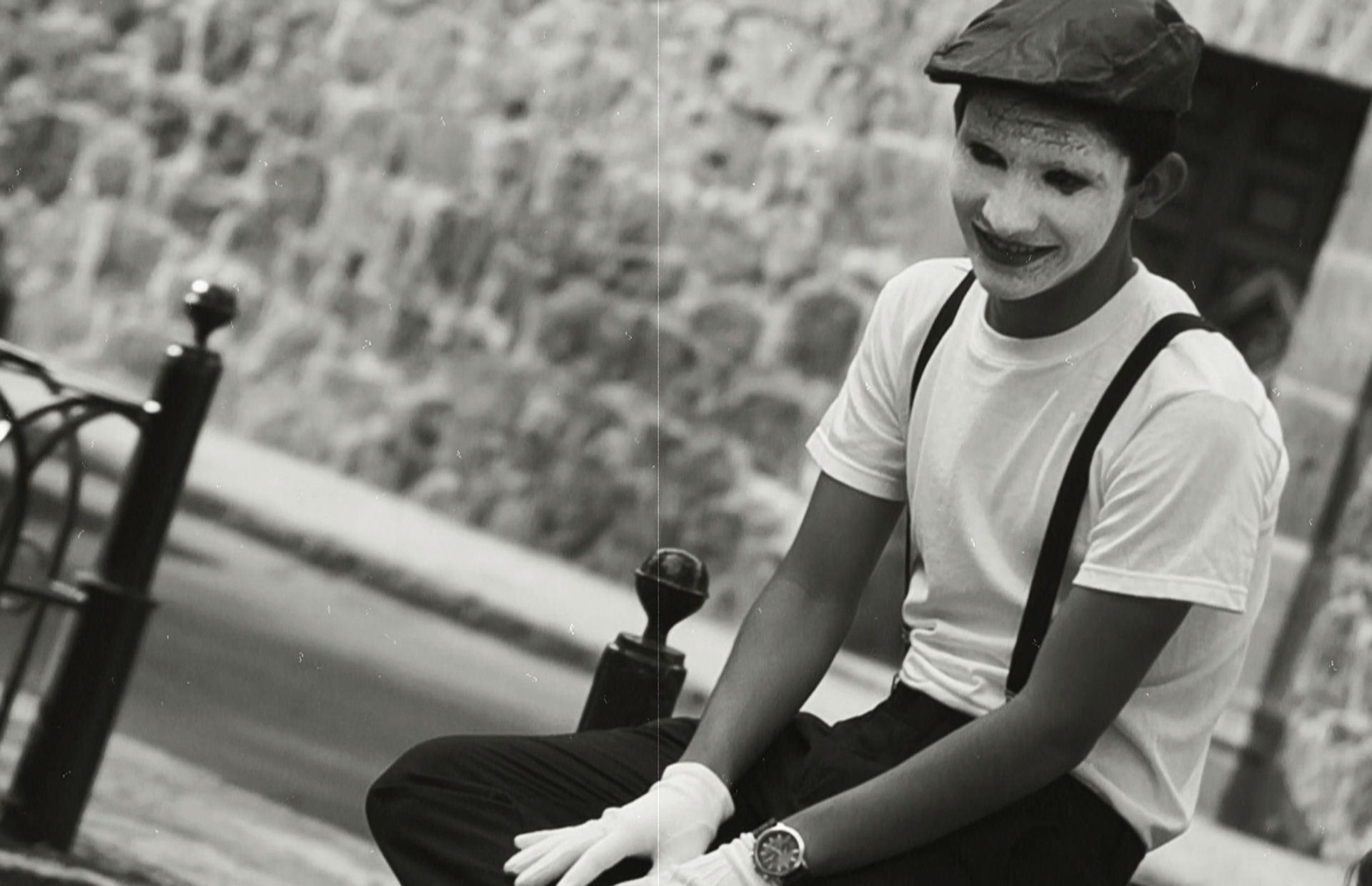Retrospective: The Silent Symphony of Mime Artistry in Modern Times
As the world grows noisier, one form of artistic expression remains powerfully silent. Mime artistry, a timeless yet often underrated discipline, is enjoying a quiet renaissance. Read below to discover how this age-old art form is resonating with modern audiences.

The Silent Language of Emotion
As one of the oldest forms of entertainment, mime artistry is steeped in a rich history dating back to Ancient Greece. It is a silent language that communicates emotion and narrative through physical movement and facial expression. Today, it finds new life in diverse settings—from street performances to theater shows and even blockbuster movies.
Modern Mimes: Reinventing Tradition
While mime is traditionally associated with white-faced, silent characters, modern mime artists are breaking boundaries and reinventing the craft. Artists like Bill Bowers and Gregg Goldston are interpreting the world through their unique lens, adding layers of complexity to this silent art form. Mime today isn’t just about mimicking—it’s about conveying deep, often provocative narratives.
Mime in Motion Pictures
Mime artistry has also found its way into modern cinema. Legendary actor-director Charlie Chaplin was a master mime, using physical comedy to traverse the boundaries of silent film. Today, filmmakers continue to utilize mime techniques to enhance storytelling and build emotional resonance, breathing new life into this ancient art form.
Mime Therapy: Healing through Silence
Beyond entertainment, mime is also being used as a therapeutic tool. Mime therapy uses the principles of mime—non-verbal communication, body awareness, and movement—to help people express themselves when words are insufficient. It has proven particularly beneficial for individuals with autism or those recovering from stroke or other neurological conditions.
Mime Festivals: Celebrating Silence
Globally, mime festivals like the London International Mime Festival and the Pantomime Festival in Bulgaria are celebrating this art form and promoting its relevance in contemporary culture. These events showcase the diversity and depth of mime, providing a platform for both emerging and established artists to connect with audiences.
Useful Tips and Facts: - Mime isn’t just about being silent; it’s about communicating with the body. - Modern mime includes both traditional and innovative elements. - Mime techniques are used in various fields, including cinema and therapy.
In conclusion, mime artistry’s silent symphony offers a powerful counterpoint to our increasingly noisy world. As artists continue to push boundaries and explore new applications, this ancient art form remains a relevant and compelling part of our cultural landscape.






